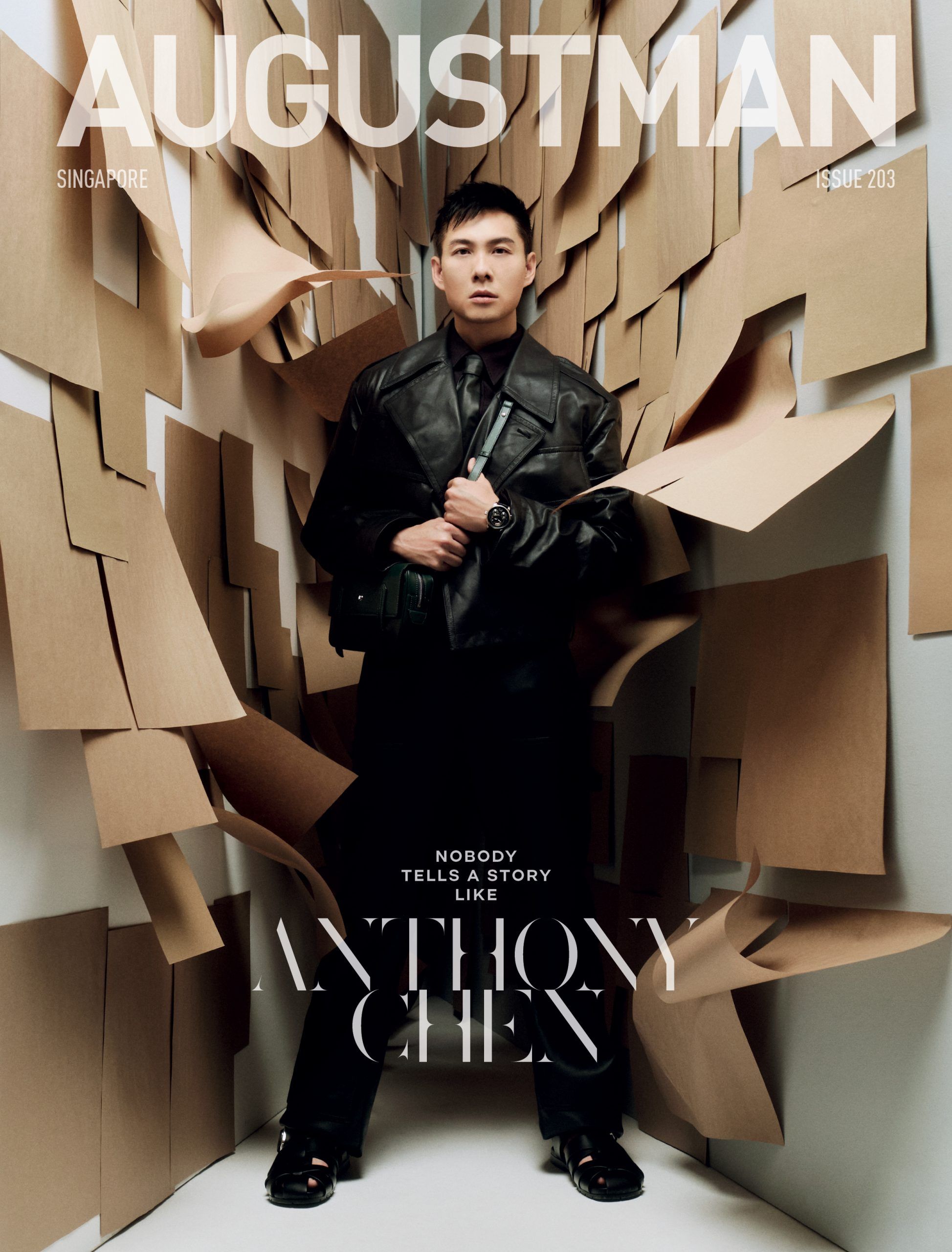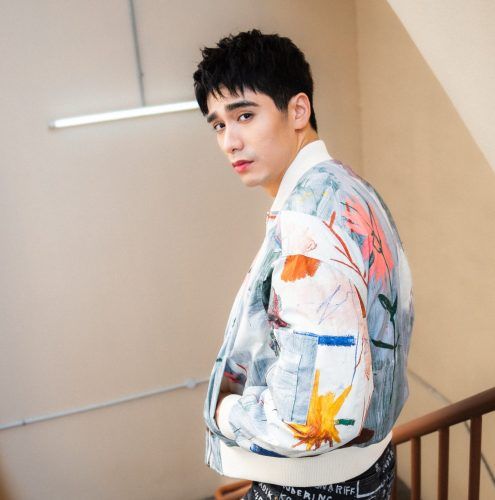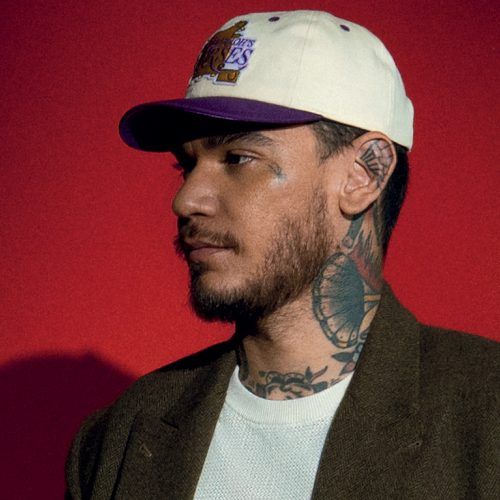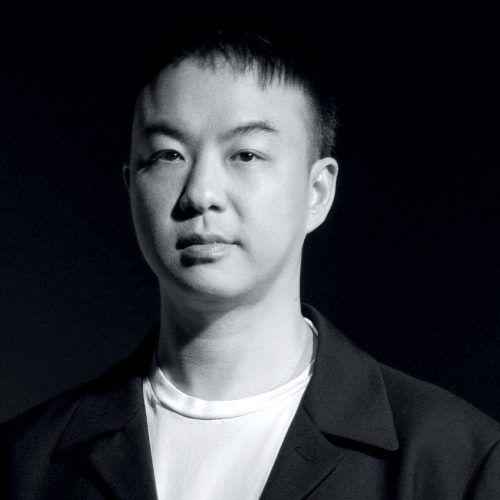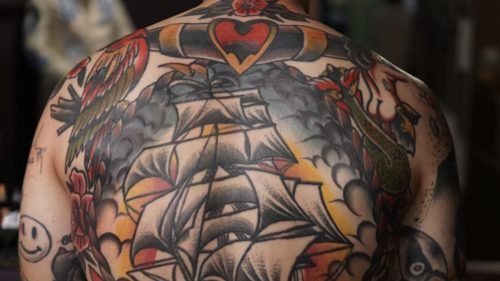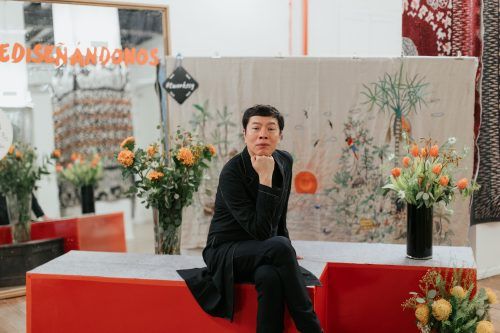Saodat Ismailova was born in 1981 in Tashkent, the capital of the Uzbek Soviet Socialist Republic, and, due to the sociocultural nature of he work, is perhaps one of the most important artists and filmmakers in Central Asia.
This April, she is playing an important role in Per°Form Open Academy of Arts and Activations (POA), delivering the closing keynote titled ‘Unearthing the Archive’ on 25th April at 7:30pm. POA is the live gathering of 15 Per°Form Fellows from the Global South—Africa, Arab world, Asia, and South America. These fellows, intersectional practitioners across diverse disciplines of activism, film, fashion, design, curation, research, education, visual culture, spoken word, performance, will present their strategies for activating contexts and communities. The 15th Per°Form Fellow from Singapore is Endless Return, a visceral platform of ravers – performance, dance, sound, and conceptual artists – known for their raw, irreverent, unexpected, and migratory pop-up parties. This year, its theme is ‘Decoloniality’.
It’s the perfect platform for Saodat, whose work focuses on the history of women in Central Asia – premodern, as well as pre and post-Soviet Era. Her films have a hypnotic quality, featuring long, slow takes that allow viewers to fully engage in the stories of the women she’s featuring and their cultural practices.
About a week ahead of her keynote, we got in touch with her to see what drives this groundbreaking artist.

You’ve had a great career but let’s start from the beginning. How did you find your calling? What kind of images or stories did you want to communicate back then?
I was born into a family where the art was very much integrated already. My father is a filmmaker, he is director of photography who worked in Uzbek Soviet cinema making both fiction and documentaries.
My brother, he is a painter and he is also a set designer of theatre and cinema. My mother, she is a historian, she is a teacher, she was a teacher of history, now she is retired. And also my grandmother lived with us and she was more like a living translator or a transmitter of history and memories that her generation has lived, which is an establishment of the Soviet Union and all the colonial past.
So I guess as the youngest child of this family, of course I have kind of taken from everybody bits and parts and that’s how, I mean obviously that is how I came to work with moving images and also the themes and inspirations.
They mostly come from, not just from the stories of my grandmother but it’s also related to kind of the silent transmission when it’s not necessarily always verbal.
What’s post-Soviet Uzbekistan like, and how has the infrastructure, culture, media that grew from the ashes of the USSR shaped your art?
Well, the post -Soviet Central Asia, of course, it was a very complex moment. It was the years where I probably was shaped and when I have studied in the art university in Uzbekistan. The complexity was the fact that everything that was made during the Soviet era was unrelated and neglected, so we couldn’t even watch the films that were made during Soviet -era, and still there was not yet clear the line and direction that the country was taking, so of course that it was reflected in art and education.
Then, of course, it was a bit more complicated when it comes to independent cinema or art as it didn’t exist during the Soviet times and it took a long time that this scene has been, took time for the scene to be shaped like an independent scene.
I guess for me it was very helpful to go out from the country. I was lucky to be a part of a residency in Italy right after I had finalised the studies in the art university and I believe this privilege of living and working between Central Asia and in Europe has been very helpful to find my way and to also, as you say, to recreate from the Soviet past the language that is kind of different from what was happening during the Soviet era as all the art forms were at the service of the state ideology.
You’ve delved into pre-modern Uzbekistan as inspiration for you work as well, at the very least in Zukhra and Qyrq Qyz. Do you feel these stories have value today?
For me these ancient stories, oral stories, that find a way to today or to modern days, will never be outdated, because these stories are, well let’s call it, kind of a wisdom that people were accumulating and I think they will always relate to modern times but also the times to come.
So for me it’s like going to that time or that kind of space but always it is very important to build a parallel or a connection to today. So in fact Zukhra, even if you see a girl sleeping and you read about the legend but all the sonic narration of it speaks about creation of Uzbekistan and very uneasy political events that happened in the 20th century in the region. By this, I kind of bound the different times in work.

A bit of a philosophical question here. We all have our chains. Whether it’s literal chains or poverty, a job we cannot leave, debt, sometimes marriage, etc. Do you think human beings can be truly free?
I think a human spirit can be always free in any circumstances, in any situation, in any limited social or physical condition, but I believe that the spirit has no limitations, so I have a big faith in a human spirit and a freedom of a human spirit.
What does it mean to you to decolonize? Obviously most of the world has already been freed from colonization – politically and legally, at least. Is there more work to be done?
If we speak about decolonisation, of course there is a political decolonisation. But I would question whether it in fact happens in spirit or in thinking and perception. So, it’s hard to say if the countries that were once colonised really got decolonised. But nevertheless, yes, speaking about Central Asia, we all became independent in the early 1990s, and that brought us a possibility to re -think ourselves and build narratives that are not aligned with the political ideology.
Tell us more about your keynote and the works you’re presenting (without giving spoilers) Per°Form and what guests can expect.
The keynote will be built around my work, The Haunted, that speaks about an extinct Turan tiger. It’s a type of a tiger that existed in Central Asia until Iran. And the tigers have extinct because of colonial past, in fact, as the animal was sacred.
And during the days (at Per°Form Open Academy) we’re going to unfold it in many possible ways because normally my works are very bound to each other. So coming from The Haunted, we will speak on different subjects such as ecology, environment, women’s emancipation, and ancestral connection.
I think everybody who is curious and wants to know more about it would be great to attend. It would also be interesting to have people related to art thinkers but really coming from different disciplines; music dance, theatre and so on.



